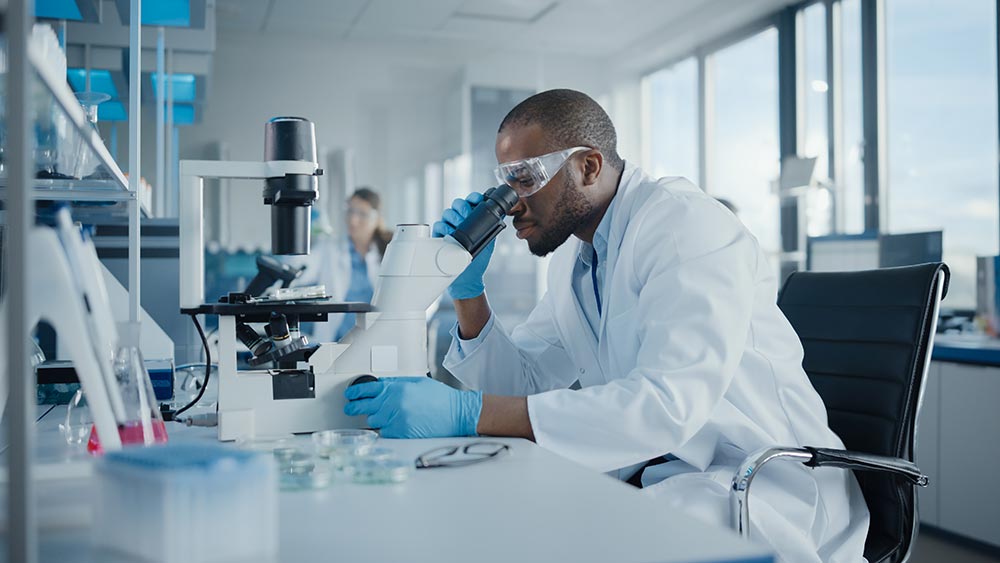The application of PGT analysis for embryos generated by in vitro fertilization (IVF) procedures is an extremely beneficial merging of two modern technologies designed to offer couples in need of reproductive assistance the best chance to achieve a healthy pregnancy. The wealth of genetic knowledge now available to aid medical practices makes this merger of IVF and PGT a tremendous advance. The mission of Fairfax Diagnostics is to use the very best PGT laboratory practices to interface with and support those efforts by reproductive medicine practitioners to serve their patients with the best possible care.


